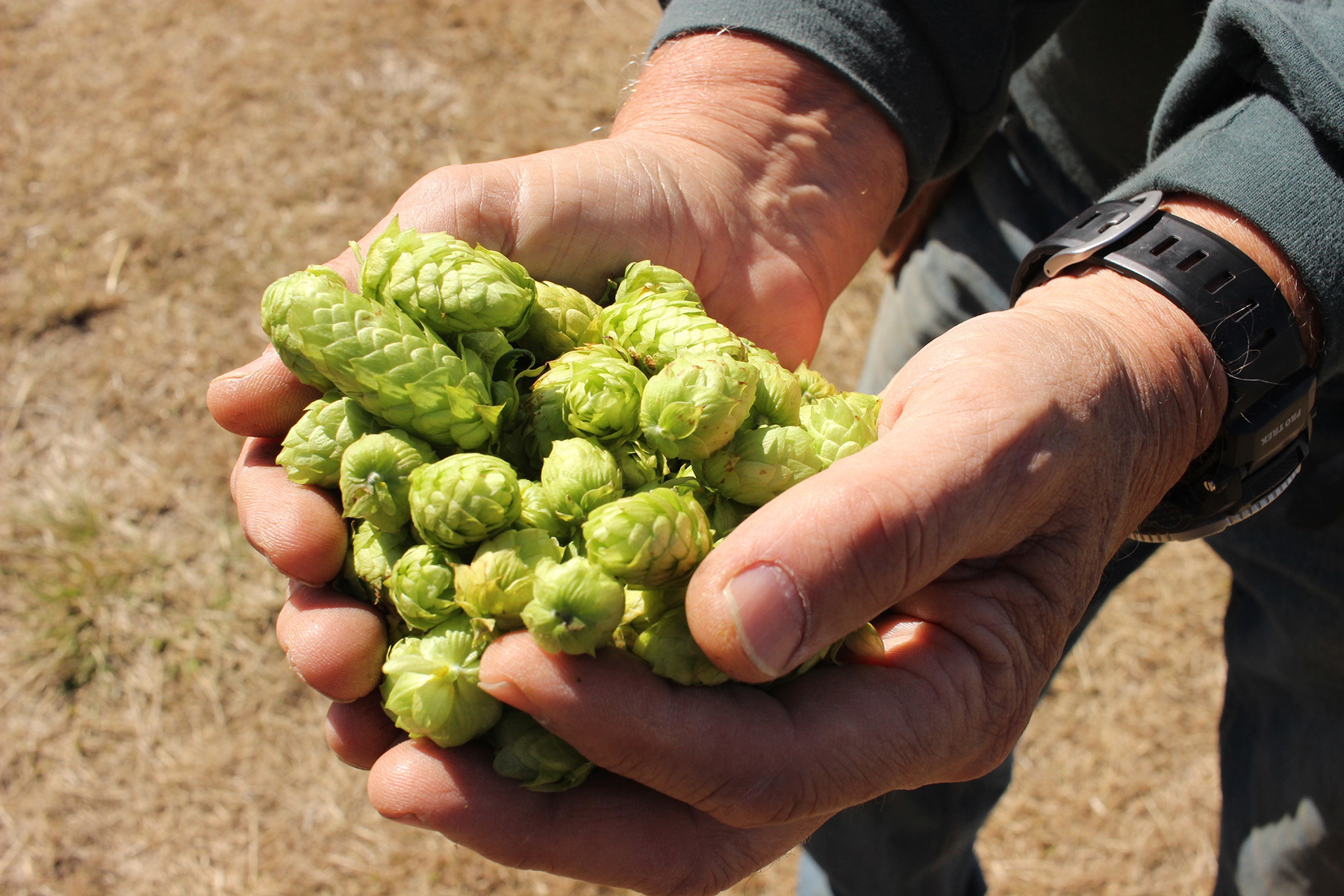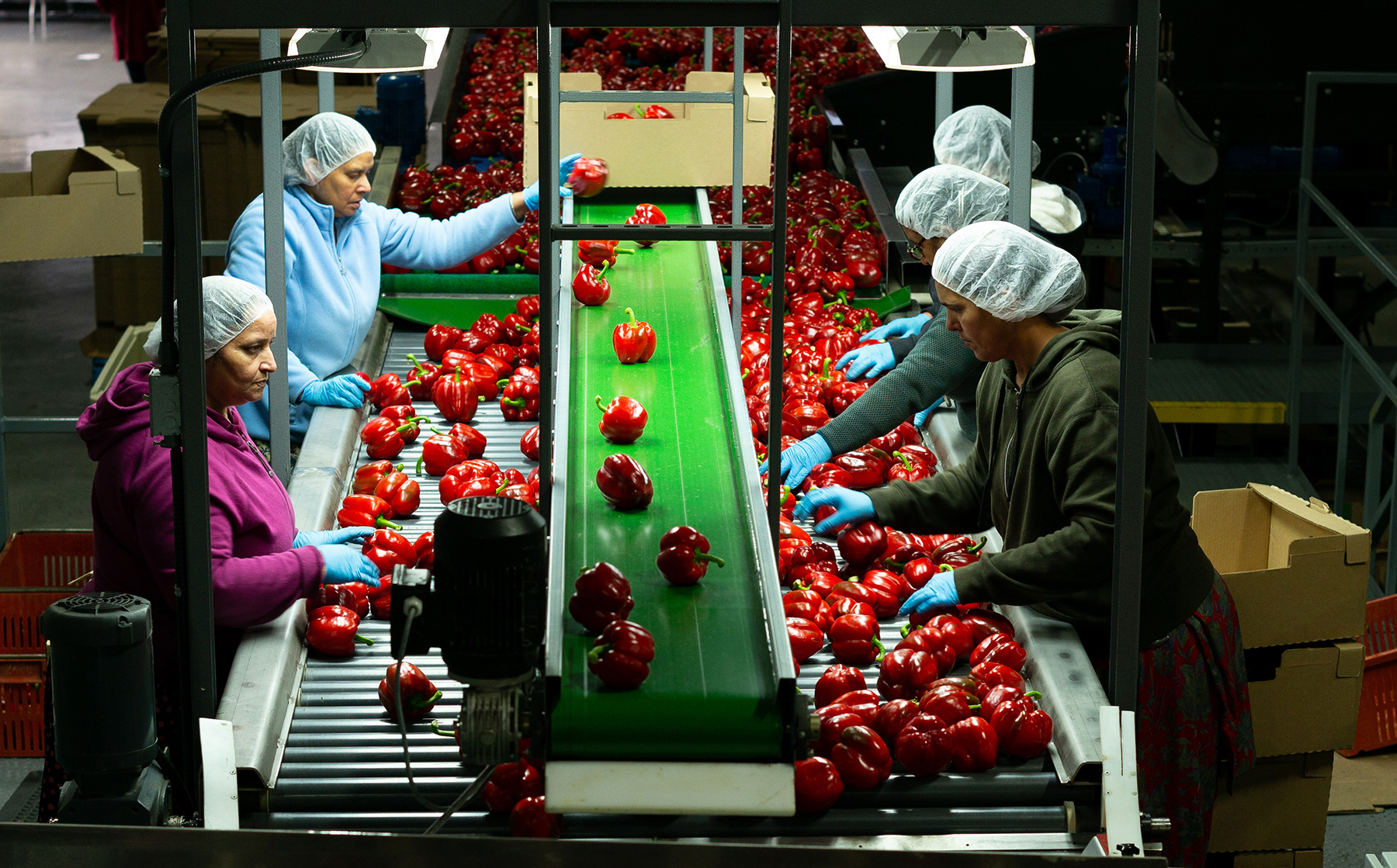KAMLOOPS – A report on the BC government’s response to the natural disasters that roiled the province in 2017 says those who know the land should have a greater role in future preparations for what it calls “the new normal.”
Those people are first and foremost the province’s First Nations, who figure in almost all of the report’s 108 recommendations, as well as the ranchers, outfitters and others working the land on a daily basis.
“Tapping into Indigenous and local knowledge of roads, watercourses, weather patterns and other criteria, is a must if government hopes to be more effective in responding to extreme weather events going forward,” states the final report of the review chaired by former provincial cabinet minister George Abbott and Maureen Chapman, hereditary chief of the Skawahlook First Nation in Agassiz.
The number of recommendations mentioning agriculture can be counted on one hand, but BC Cattlemen’s Association general manager Kevin Boon says a discussion paper ranchers submitted played an influential role in the report’s development.
“We were the first stakeholder group to meet with Abbott and Chapman on this,” says Boon. “I can go through this report and pull out portions that we put in that discussion paper that were taken, basically, word-for-word out of that discussion paper.”
A key area where ranchers played a role was in urging the need for clearer communications between all sides.
“We heard that citizens – First Nations, ranchers, farmers, logging contractors and others – responded spontaneously, without official direction, to limit the spread of wildfires threatening their communities until BCWS [BC Wildfire Service] teams could assist,” the report states. “In numerous cases, this intervention prevented small wildfires from becoming very large fires. Local citizens brought not only energy and resources, but also an intimate knowledge of their lands.”
“A lot of those co-ordination things were really what we focused on because we felt a lot of co-ordination hadn’t been done properly,” Boon said.
While the rapid pace of lightning strikes that sparked more than 160 fires on July 7 created a situation that no one could have anticipated, clearer communication to facilitate co-ordination of resources among government, landowners and rural residents could have been better.
“A lot of those people on the land – ranchers, some of the loggers and some of the First Nations – chose to stay and fight,” explains Boon. “The wildfire service didn’t know how to handle it; they didn’t know what to do with them other than bring in enforcement.”
However, once there was a co-ordination system in the form of premises ID and permits, there was a framework for managing the situation and valuing the contributions locals were bringing to the fire suppression efforts.
The report highlights the need to do more in this regard, and Boon welcomes it.
“This is the big strategic shift in what these recommendations are,” he says. “Using those people on the land as an asset rather than a liability.”
Boon says he’s aware of changes that have already been taking place in advance of the 2018 wildfire season. The province has said 19 of the report’s recommendations are now implemented, with the remainder to be addressed in a comprehensive forest and flood action plan by October 31.
Meanwhile, local governments such as Surrey are taking steps to acquire properties deemed no longer viable in view of natural disasters, reflecting recommendation 105 in the report.
Snapshot of recommendations
Key recommendations of interest to agriculture in the review of the province’s handling of flooding and wildfire in 2017 include:
- Review and assess the decision-making process related to evacuation alerts and orders. The process should consider exempting highway corridors and include provisions to recognize ranching or farming operations located in evacuation areas.
- BC should enhance integration across government and among governments to foster better collaboration among land-based decision-makers and promote joint forest/grassland management and wildfire preparedness.
- Provide prescribed fire training and extend the provincial certification program to non-agency personnel, including all support positions within agencies, and evaluate the applicability of the Parks Canada burn planning course and US RX-310 Fire Effects course.
- Increase the number of basic firefighters by providing open access to S-100 training for all natural resource sector staff, industry, First Nations, communities, ranchers and other tenure holders.
- Establish fire as a management objective in the Forest and Range Practices Act and other applicable legislation and regulation to encourage fire as a part of land management.
- Create mechanisms to encourage fire prevention activities such as thinning, bio-mass utilization, targeted grazing and alternate species and densities.
- BC should expeditiously determine the condition, vulnerability and effectiveness of the province’s 500 km of dikes with the assistance of leading-edge technology and expertise.
- Create a bridging program to aid people during recovery in meeting their needs from the land, such as traditional food gathering, haying and grazing for livestock, and access to guiding areas while restoration is underway.


 Hops revival gains traction with feds
Hops revival gains traction with feds